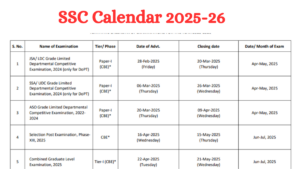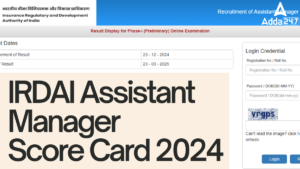Reasoning is a game of wits and presence of mind! Yes, it is true and it might seem as the greatest of the challenge after English Section’s surprises but yet this one can easily be dealt with. You just need correct practice and hardwire your brain to quickly make decisions of what to attempt and what to leave. And for same we are providing you questions on Night Class Reasoning Question. To Practice more with these new pattern Reasoning Question for RRB PO Exam 2017.
Directions (1-5): Study the information and answer the given questions:
There are seven people A, B, C, D, E, F and G. They all were born on different year’s viz. 1957, 1969, 1987, 1993, 1958, 1974 and 1998 but not necessarily in same order. But the date and month of birth of all these persons are same. Calculation is done with respect to the present year 2017 and assuming months and date to be same.
A was born in even number of years. The difference of age between A and G is less than 9. G was neither born in 1969 nor in 1957. The difference between the age of G and F is perfect square. The difference of age between F and B is equal to 2.5 times the age difference between F and C. More than one person are older than E.
Q1.What is the age of G?
(a) 64
(b) 24
(c) 43
(d) 70
(e) None of these
Q2.How many persons are younger than B?
(a) Four
(b) More than four
(c) Three
(d)One
(e) Two
Q3.Who among following is oldest?
(a) F
(b)C
(c)D
(d) E
(e) A
Q4. C was born in which of the following year?
(a) 1969
(b) 1974
(c) 1998
(d) 1958
(e) None of these
Q5.What is the age of D?
(a) 64 year
(b) 59year
(c) 43year
(d) 23year
(e) None of these
Directions (6-10): In each question below are given four statements followed by two conclusions which is numbered as I, and II. You have to take the given statements to be true even if they seem to be at variance with commonly known facts. Read all the conclusions and then decide which of the given conclusions logically follows from the given statements, disregarding commonly known facts.
Mark your answer as –
(a) If only conclusion I follows.
(b) If only conclusion II follows.
(c) If either conclusion I or conclusion II follows.
(d) If neither conclusion I nor conclusion II follows.
(e) If both conclusion I and conclusion II follow.
Q6. Statements:
Some shop are car. Some car are hut. Some hut are room. Some room are red.
Conclusions:
I. Some red are huts.
II. Some room are car.
Q7. Statements:
All cake are light. Some light are pink. Some pink are king. All king are snack.
Conclusions:
I. Some snack are pink.
II. Some cake are pink.
Q8. Statements:
All finger are ring. All pole are ring. All ring are shoes. All glass are shoes.
Conclusions:
I. Some shoes are finger.
II. Some ring are pole.
Q9. Statements: All white are plant. No plant is flower. Some flower are lava. All lava are tree.
Conclusions:
I. Some tree are plant.
II. No plant is tree.
Q10. Statements: All book are pen. Some pen are desk. Some desk are chair. Some chair are door.
Conclusions:
I. Some door are desk.
II. Some chair are pen.
Q11. Point R is 10m north of point A. Point K is exactly in the middle of the points R and A. Point N is 7m east of point A. Point M is 7m east of point K. Point S is 6m north of point M. What is the distance between points S and N?
(a) 3m
(b) 16m
(c) 11m
(d) 12m
(e) None of these
Q12. Point P is 13m towards the East of Point Q. Minakshi, starts from Point Q, travels 8m towards West and takes a right turn. After taking the right turn, she travels 5m and reaches Point B. From Point B, she takes a right turn again and travels 21m and reaches Point C. How far and towards which direction must the Minakshi travel to reach Point P?
(a) 5m towards South
(b) 5 m towards West
(c) 21 m towards South
(d)13 m towards South
(e) None of these
Directions (13-15): Read the following information and answer the questions based on them.
There are seven family members A, B, C, D, E, F and G, four of them are females. The family runs into three generations. The family consists of two married couples, three daughters and two mothers. D is the brother of C. C is the mother of F, G is B’s son-in-law. A is the father of C.
Q13.Who is the husband of C?
(a) B
(b)F
(c)G
(d)E
(e) None
Q14.Which of the following is not true?
(a) B is the mother of C
(b) E may be the sister of D
(c) G may be the father of E
(d) E and G are married
(e) None
Q15.How many children does A have?
(a) 1
(b) 2
(c) 3
(d) Either (b) or (c)
(e)None





 The Hindu Review October 2022: Download ...
The Hindu Review October 2022: Download ...
 SSC Calendar 2025-26 Out, Check SSC CGL,...
SSC Calendar 2025-26 Out, Check SSC CGL,...
 IRDAI Assistant Manager Score Card 2024 ...
IRDAI Assistant Manager Score Card 2024 ...




